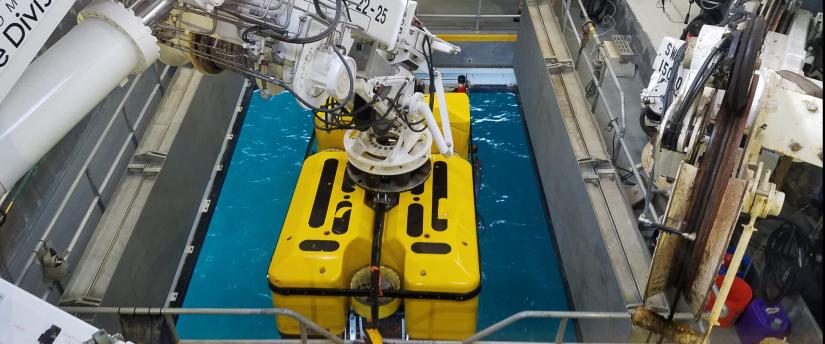
PROJECT HIGHLIGHT
This project developed and tested an innovative isotope "fingerprinting" method to reconstruct past changes in coastal phytoplankton communities and understand how climate variability has affected marine ecosystems in central California over time.
PROJECT SUMMARY
In coastal California, climate variability regulates the composition of marine phytoplankton communities, affecting whole-ecosystem structure and productivity as well as the risk of dangerous and costly harmful algal blooms. Despite the need for knowledge about likely effects of climate variability on coastal ecosystem productivity and health, understanding has been limited by the relatively short duration of recent ecological monitoring efforts. To answer questions that pre-date manually taken records, this research team turned to paleoclimate records, as reconstructions of past ecological change provide critical insight into climate-driven ecosystem dynamics before the mid-20th century.
The project addressed two primary research questions about past change in phytoplankton communities: What were the effects of a past warming and drought event on algal community composition and bloom incidence in Monterey Bay, and what are the implications for future change? How do decadal modes of climate variability like the Pacific Decadal Oscillation influence phytoplankton community composition on the central California margin? The primary objectives were to adapt and validate an innovative new isotope ecology method using carbon isotopes of essential amino acids for quantifying phytoplankton community changes in coastal marine environments, then apply this isotope fingerprinting method to deep sea coral skeleton and sedimentary paleoarchives.
Over the three-year project period, the researchers expanded their database of carbon isotope patterns in major coastal plankton groups and confirmed that different plankton types maintain distinctive chemical signatures regardless of growth conditions. Testing of the isotope fingerprinting method on natural seawater samples revealed challenges due to substantial bacterial content, indicating further development is needed before reliable application to reconstruct past coastal plankton communities. The team discovered strong relationships between carbon isotope measurements and plankton productivity, validating carbon isotopes as effective indicators of past productivity changes. The research produced a journal publication examining plankton community responses to climate patterns over the past 200 years using deep-sea coral records, revealing unexpected findings about the relationship between upwelling strength and plankton production during different climate periods.
2022 California Sea Grant Graduate Research Fellowship Webinar Presentation - June 18, 2024